| Content | The Radial J+4 is a stereo interface designed to accept unbalanced low output level devices such as instruments, computers or CD players and boost the signal to a balanced +4dB level for easy manipulation in professional environments such as broadcast, recording studios and live touring.
The design begins with 100% discrete components for optimal signal transfer. Careful attention has been paid to eliminate noise by combining the advantages of active signal buffering with transformer isolation. The J+4 delivers better than 95dB signal to noise while ensuring hum and buzz caused by ground loops along with spurious noise from clocking does not pollute the signal path. For ease of use, controls have been kept to a minimum. This includes a stereo level control, a high pass (low cut) filter and ground lift. The choice of input connectors include a stacked set of ¼`` jacks for DJ mixers or keyboards, RCAs for CD players and a mini 3.5mm for iPods.
As with all Radial products, the Radial J+4 is built tough to handle the extreme rigors of professional touring. A unique 14-gauge steel I-beam inner frame ensures the sensitive PC board will not be subjected to outside stress which could potentially cause solder joints to fail. An innovative book-end outer shell creates protective zones around the controls, switches and connectors to further improve dependability while a full bottom no-slip pad provides both mechanical and electrical isolation.
The Radial J+4 balanced line driver delivers exceptional sonic performance, plenty of headroom and ultra low noise making it the ideal companion for today's more demanding professional audio systems. |
The Cranborne Audio 500R8 is, essentially, a studio in a rack. It’s an 8-slot high-current 500 Series chassis, a 28-in/30-out USB interface, an analog summing mixer, a zero-latency artist mixer, and a monitor controller — everything you need to build your dream hybrid analog/digital studio. The 500R8 is fitted with high-performance AD-DA conversion, reference-grade headphone amplifiers, a reference-quality master clock, and more. In fact, there’s very little you can’t do with the Cranborne Audio 500R8. Configure it to suit your preferred analog flavoring for any source. Pack it with vintage-style 500 Series preamps for recording drums; clean, pristine preamps for vocals; and EQ, compression, and saturation modules when it’s time for mixdown.
USB audio interface
Connect the 500R8 directly to your Mac or PC via USB and utilize the 500R8’s onboard 28-in/30-out USB audio interface for recording and playback directly to and from your digital audio workstation of choice.
Discrete summing mixer
Give your mix the crowning touch of analog character by sending submixes and stems back through your 500 Series modules, into the 500R8’s discrete analog summing mixer, and back into your DAW.
Monitor controller
Use the 500R8’s onboard high-headroom monitor controller to switch between two sets of speakers, toggle mono sum, mute, dim, and talkback facilities while monitoring the peak level of your mix on the high-resolution 28-segment LED meter.
 Shown with optional 500 Series modules Shown with optional 500 Series modules

Audiophile headphone amps and zero-latency artist mixer
Drive any headphones with 500R8’s two reference-grade headphone amplifiers — they have enough power to drive low-impedance ’phones with gobs of headroom and a linear frequency response to below 1Hz! Use the 500R8’s two aux buses to create pristine analog cue mixes that you can blend with DAW playback and send to the talent with zero latency.
World-class conversion and clocking
For the musician who wants to get down to business, it may be hard to get excited about conversion and clocking. But engineers at Sweetwater get to check out the best of them — and we’re amped about these converters. They’re touted as best-in-class and flaunt truly impressive specs such as under .5 picoseconds of jitter. But none of that really matters when you hear the fullness of your stereo image bloom with jaw-dropping sonic clarity.
Connect the 500R8 to your macOS or Windows computer and capture every nuance of your sources with reference-grade AD/DA conversion and world-class internal clocking. Effortlessly pass audio between analog and digital worlds without the digital artifacts that color, cloud, and degrade your recordings. The only coloration you will hear is intentional — your microphone placements, mixing decisions, and the 500 Series modules you’ve chosen to use. And with word clock I/O, you can even share the 500R8’s world-class clocking with the rest of your digital gear.
Ample I/O and configurable front end
The 500R8 has generous I/O to integrate with all of your analog and digital hardware, so you can mix and match your 500 Series modules and find the best combinations during recording and mixing to help create your own signature analog sound. You can even integrate your 19" rack units via the 500R8 s dedicated per-slot TRS insert jacks.
C.A.S.T. away
Spec’d with Cranborne’s innovative C.A.S.T. system, the 500R8 does away with excess cable spaghetti, delivering a cost-effective, low-maintenance, plug-and-play solution by transmitting four channels of balanced analog audio over shielded Cat 5 Ethernet cable directly to the destination of your choice.
Handy source select
Re-patch your 500R8 at a flick of a switch. Dedicated source select switches for each 500 Series slot adjusts signal routing to send analog, C.A.S.T., or USB sources through each of your modules. Unused 500 Series slots? Bypass them using the 500R8’s dedicated slot-bypass switch.
 Shown with optional modules and Cranborne 500ADAT Shown with optional modules and Cranborne 500ADAT
Expandable, in the studio or on the road
When you’re ready for additional 500 Series connectivity, connect your 500R8 with Cranborne Audio’s 500ADAT via ADAT for 16 channels of 500 Series modules. Housed in a 19" 4U rack-mountable rugged steel frame, the 500R8 makes an ideal 500 Series chassis for mobile recording setups. Packed with cool, useful features, the Cranborne Audio 500R8 is one of the more innovative pieces of pro audio gear we’ve seen at Sweetwater. Trust us — you will be impressed.
Cranborne Audio 500R8 8-slot 500 Series Chassis and USB Audio Interface Features:
- 28-in/30-out USB interface, summing mixer, artist mixer, and monitor controller
- Low-latency USB 2.0 interface:
- Compatible with macOS and Windows computers
- ADAT I/O (16x16 channels @ 44.1/48kHz, 8x8 channels @ 88.2/96kHz)
- S/PDIF I/O; 5-pin MIDI I/O
- High-performance A/D conversion:
- Dynamic range: 121dB A-weighted dynamic range, 20Hz–20kHz
- Frequency response: 2.2Hz to >80kHz (-1dB)
- THD+N: <0.00032% (-110dB) @ -4dBFS, 20Hz–40kHz (1kHz, A-weighted)
- Max input level: +24dBu
- High-performance D/A conversion:
- Dynamic range: 121dB A-weighted, 20Hz–20kHz
- Frequency response: <1Hz to >61kHz (-1dB)
- THD+N: <0.0003% (-110.5dB) @ -4dBFS, 20Hz–40kHz (1kHz, A-weighted)
- Max Output Level: +24dBu
- Reference-quality internal master clock:
- Sample rates: 44.1, 48, 88.2, 96, 176.4, and 192kHz; <0.5ps jitter
- Dedicated word clock I/O via BNC
- External sync options using word clock BNC, S/PDIF, or ADAT
- Monitor controller with talkback:
- Speaker A/B switching, mono check, dim, mute, and 28-segment peak meter
- Dedicated talkback input with phantom power, push-to-talk activation, and automatic routing to all headphone and C.A.S.T. facilities
- Easy-access illuminated front panel controls for all monitor controller functions
- Analog summing mixer:
- 8x2 analog summing mixer with +26.5dBu of headroom and dedicated ADC
- Balanced 1/4" jack outputs
- C.A.S.T. link port for increasing Summing Mixer to 16x2 using Cranborne Audio 500ADAT
- Zero-latency Artist Mixer:
- Analog Artist Mixer with per-channel physical level/pan controls and DAW return blend controls
- 2 high-power headphone outputs with independent blend and level controls
- Reference-grade headphone amplifier:
- THD+N: <0.0006% (-104.4dB) @ 20dBu, 1kHz A-weighted, 300 ohm load
- Output wattage (1kHz): 250mW x 2 @ 600 ohms, 650mW x 2 @ 220 ohms, 1.21W x 2 @ 100 ohms, 500mW x 2 @ 32 ohms
- Frequency Response: <1Hz to >70kHz (1dB)
- High-current 8-slot 500 Series rack:
- Per-slot current: 250mA , 2A total for all slots
- XLR inputs, XLR line outputs, and TRS Inserts (pre-ADC) per 500 Series slot
- Module source switching options to send Analog, USB or external C.A.S.T. signals through 500 Series modules
- Per-slot module bypass switches allowing 500R8 to be used without 500 Series modules installed
- C.A.S.T. compatible:
- C.A.S.T. ports per channel for routing analog I/O using passive or active C.A.S.T. breakout boxes via standard Cat 5 cable
- External power supply:
- 24V, 5A external locking power supply for improved analog audio performance and heat dissipation
- Designed and engineered in the UK:
- Each 500R8 is extensively tested by a team of dedicated engineers to ensure reliability and consistency.
| Originally developed for the dynamics circuit of the acclaimed Shelford Channel, the 535 Diode Bridge Compressor captures the soul of Rupert Neve’s original 2254 compressor while providing modern updates including advanced timing control, significantly lower noise, fully stepped controls throughout, and internal parallel processing capabilities.
What is diode bridge compression?
Where the VCA compressor found in the Master Buss Processor provides unmatched clarity, the weighty, harmonically rich tonality of diode bridge compression can be essential in pushing key sources like vocals, electric guitars, bass and drums to the forefront of a mix.
By understanding the limitations of vintage units like the legendary 2254, painstaking effort was taken to reproduce the unique tone of these classics while improving the noise floor & accuracy, expanding inflexible time constants, adding full wave sidechain detection for improved dynamic response, and widening the range of threshold and ratio controls.
Delivering the powerful sound of these iconic designs with enhanced flexibility for the modern age, the 535 Diode Bridge Compressor is a dynamic tool equipped to make a bold statement on virtually any mix or track.
LINE INPUT TO LINE OUTPUT
- Compressor Bypassed.
- Z source = 40 Ohm Balanced
INPUT IMPEDANCE
10K Ohm
OUTPUT IMPEDANCE
40 Ohm
MAXIMUM INPUT LEVEL
+23.5 dBu
MAXIMUM OUTPUT LEVEL
+23.5 dBu
NOISE
- 22 Hz - 22 kHz BW.
- -101 dBu
FREQUENCY RESPONSE
- 10 Hz - 120 kHz, 30ft Output XLR Cable.
- +/- 0.25 dB
THD+N
- @ 1 kHz @ Maximum Output Level, 22 Hz - 22 kHz BW.
- 0.001%
| Proven reverberation classic for the future
With the VSR 3.2, we happily rely on the proven old mechanical way to create reverberation. Rightly, because the used reverberation spring by AccuBell (formerly Accutronics) creates that magic 60's reverb which is slightly metallic and dense at the same time.
Just like it predecessors, VSR 3.2 has a straight-forward and honest approach: signal in - spring reverb - vintage sound out.
VSR 3.2 is equipped with an equalizer that is exactly adapted to the springs' frequency response. In addition, there are controls to mix the dry and effect signal as well as controls for the input and output level. This way, VSR 3.2 simply exactly does what it was designed to do.
Designed for every situation
Although using a large spring (type 9), VSR 3.2 fits in a 19" housing with one rack unit – minimal space requirements. Thanks to its extremely solid chassis, VSR 3.2 is a reliable vintage-effect that cannot only be used in a controlled studio environment. On the contrary, it also serves fine when being used in straining live situations.
VSR 3.2 grants your sound an elegant touch of "good old times". Its simplicity makes it an unbelievable versatile companion.
Inputs
- 1/4"-jack input front
- unbalanced
- max. input sensitivity: –40 dBu
- impedance: 1 MΩ
- 1/4"-jack input rear (1)
- unbalanced
- max. input sensitivity: 0 dBu
- impedance: 100 kΩ
- 1/4"-jack input rear (2)
- unbalanced
- max. input sensitivity: –20 dBu
- impedance: 10 kΩ
Outputs
- 1/4"-jack output (1)
- unbalanced
- max. output level: 0 dBu
- 1/4"-jack output (2)
- unbalanced
- max. output level: - 20 dBu
Signal-to-Noise Ratio
- direct: > 80 dBu
- effect: > 70 dBu
THD + Noise
Miscellaneous
- power supply: external DC-adapter with 12 V/1000 mA
- dimensions: 19“, 1 HE, ca. 190 mm deep
- weight: 2.5 kg
| Arguably the coolest and most unique device in the Empirical Labs arsenal, the FATSO (Full Analog Tape Simulator and Optimizer) is a digitally controlled analog device that gives musicians and engineers easy access to many of the desirable characteristics exhibited by older tube and Class A electronics and magnetic tape mediums. This two channel audio processor musically integrates frequencies and transients, increasing the apparent volume while keeping tight control over peak levels.
With the FATSO, recording studios and audio production facilities can enhance and soften the sound of Hardware Digital Recorders (HDRs) and Digital Audio Workstations (DAWs). Mix engineers will have the option not to have to use bulky, expensive analog tape recorders to get the warmth and sweet high end they’ve come to rely on for so many decades. Owners of DAWs and HDRs can finally put a stop to complaints about the coldness and brittle edge of their mixes and instruments. Even audiophiles can benefit from the FATSO, bringing back the warmth and ambience of LP’s and tapes to their CD players and other digital reproduction mediums.
The FATSO Goes to Eleven
ELEVEN is a new compressor for the FATSO, replacing the old GP Ratio, and emulates the famous UREI 1176LN in 20:1, with the slowest attack, and fastest release. This 1176 setting has been used on countless hit records through the decades. With the slower “1176” attack, the transients keep the dynamics present, while the high ratio, can radically limit the dynamic range of any source, making it present and sitting in a nice little place in your mix. One can slam it, or just touch it with a few dB of compression. You will find it great on Vocals, Bass, acoustic guitars, drum room mikes, pianos etc. Click here to find out how to upgrade your EL7 to an EL7X.
Four Types of Processing
- Harmonic Generation and Soft Clipper (Distortion Generation) – this class A circuit gently rounds the peaks like saturated tubes or tape.
- High Frequency Saturation (Warmth) – a one-of-a-kind dynamic low pass filter which softens high frequencies when they “pile up” on a source.
- Transformer & Tape Head Emulation – a simulation of the effect of input and output transformers of older devices, which adds the low frequency harmonics that characterize them, as well as analog tape..
- Classic Knee Compression – your typical automatic leveling device found on just about every instrument and vocal track as well as on the overall buss, done Empirical Labs compression – smooth and sweet, but in your face!
Universal Audio's FATSO Emulation
Endorsed and scrutinized for accuracy by designer Dave Derr of Empirical Labs, Universal Audio has painstakingly recreated the FATSO Jr. in this highly anticipated UAD Powered Plugin, capturing the sonic nuances of the original hardware. As part of the FATSO Powered Plugin, UA has also worked closely with Dave Derr to model the original concept of the FATSO, the FATSO Sr., with attack, release, and threshold compressor controls, among other features not available elsewhere.
Frequency Response: 2 Hz to 60 kHz in clean audio mode (+0, -3 dB).
Dynamic Range: 110 dB from maximum output (20 %THD soft clipping) to minimum output. Greater than 100 dB signal to noise.
Distortion: Ranges between .06% and 20% depending on mode and settings.
I/O: DC Coupled input and outputs.
Compressor Time Constants: Attack range 1ms – 60ms. Release range .05sec – 3.5 seconds. Attack and Releases are fixed by the compression type selected.
Power Consumption: 15 Watts Max.
Metal Chassis: single height 1.75″ high, 10″ deep, 19″ wide. | The Suhr Reactive Load delivers a simple solution to capture all of the warmth, and dynamics of your sound, without the hassle of miking a speaker cabinet during a live or recorded performance.
The Reactive Load takes the place of your speaker cabinet in your signal chain. It provides an 8Ω load for your tube amplifier (maximum 100 watts), and produces a balanced and unbalanced signal that interfaces with recording devices, effects, and power amplifiers.
The Suhr Reactive Load is the perfect link between your amplifier and computer audio recording interface. You can use the Reactive Load with your existing library of speaker impulse responses (IR) for the most realistic direct recording experience possible.
Traditional resistive load boxes will safely load your amplifier, but they also alter the tone, dynamics, and response of your amplifier. Real speakers do not have a fixed resistance across the entire frequency spectrum. Real speakers are reactive.
The impedance curve of the Reactive Load has been painstakingly tuned to react like a speaker. Your amp will never know the difference.
The Reactive Load is dedicated to being the absolute best load box possible with zero compromises, and therefore does not include speaker emulation. You can use the Reactive Load with your speaker-sim or impulse response of choice, and benefit from the natural response, dynamics, and touch sensitivity of your amp.
The Suhr Reactive Load features a balanced or unbalanced line level output. The INPUT is optimized for the 8 ohm output of your amplifier and the THRU jack can be connected to a physical speaker cabinet. If a physical cabinet is connected to the THRU jack, the Reactive Load’s internal load is bypassed and the amp will see the load of the physical cabinet.
SPEAKER INPUT IMPEDANCE: 8 Ohm
DI / LINE OUT LEVEL: +4 dBu at 7 watts input, maximum level setting
BALANCED LINE OUTPUT IMPEDANCE: Less than 6KΩ
UNBALANCED LINE OUTPUT IMPEDANCE: Less than 6KΩ
MAXIMUM RECOMMENDED INPUT POWER: 100 Watts RMS
ROHS COMPLIANT: Yes
DIMENSIONS: 8.8" (W) x 8.9" (D) x 3.6" (H)
WEIGHT: 6.6lb |

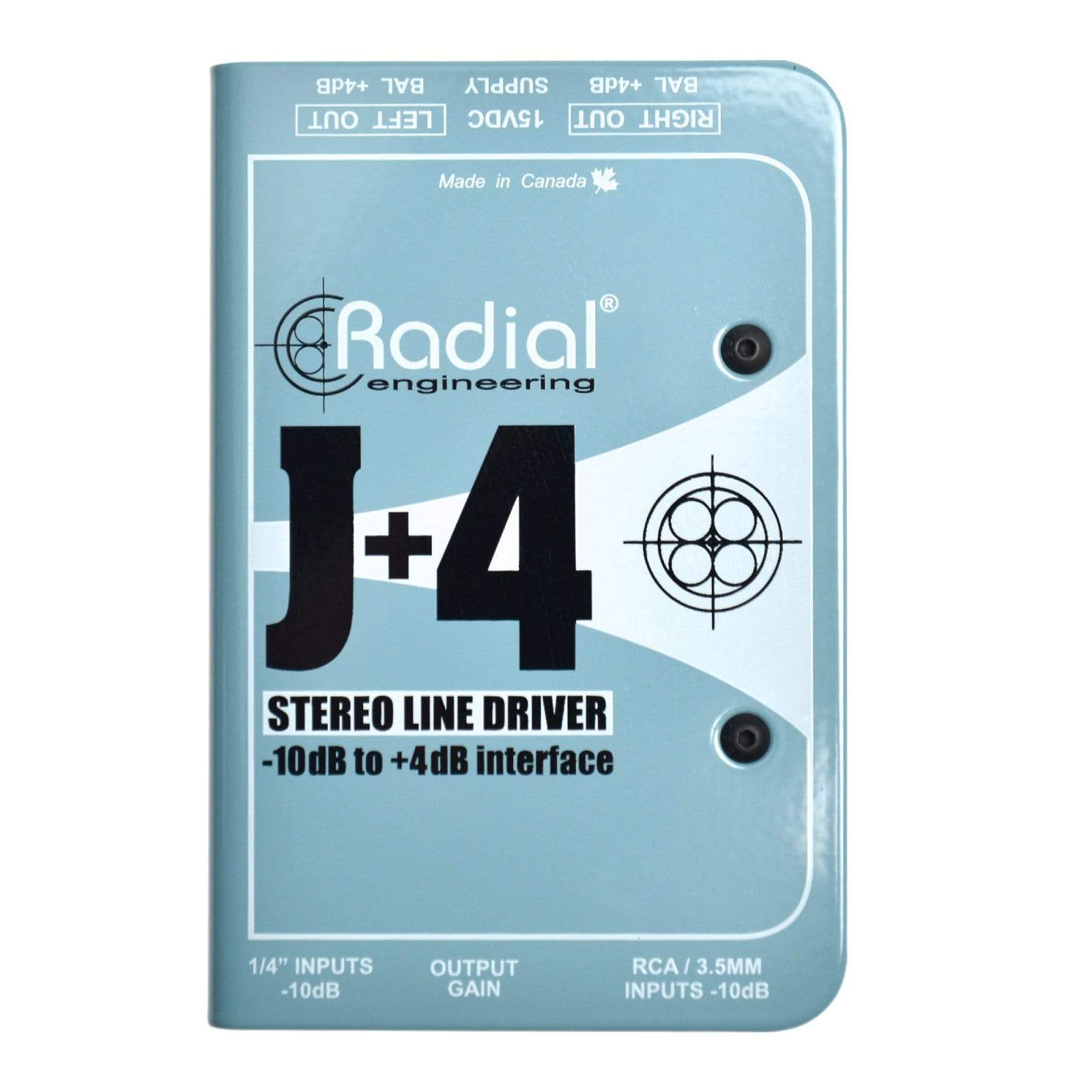
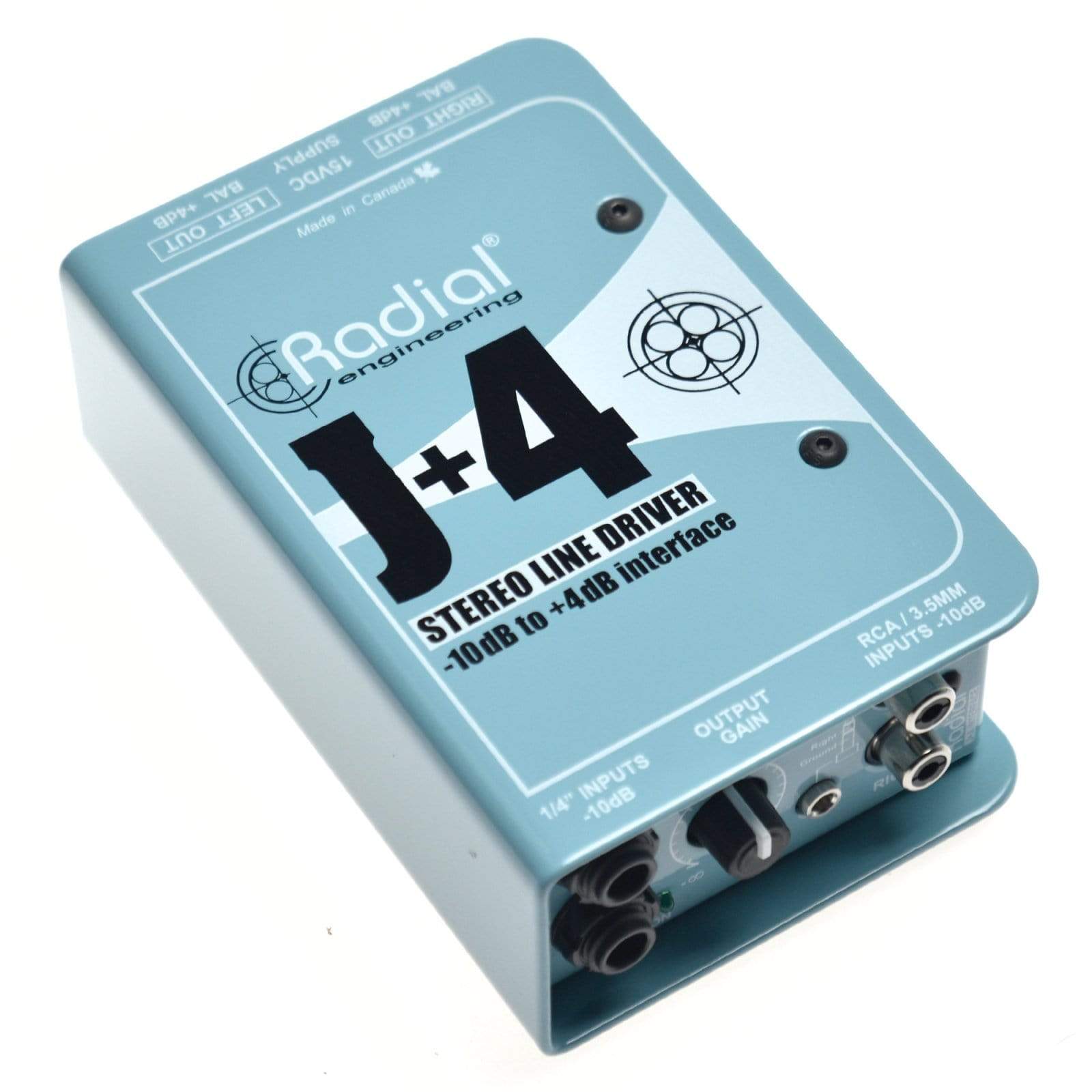
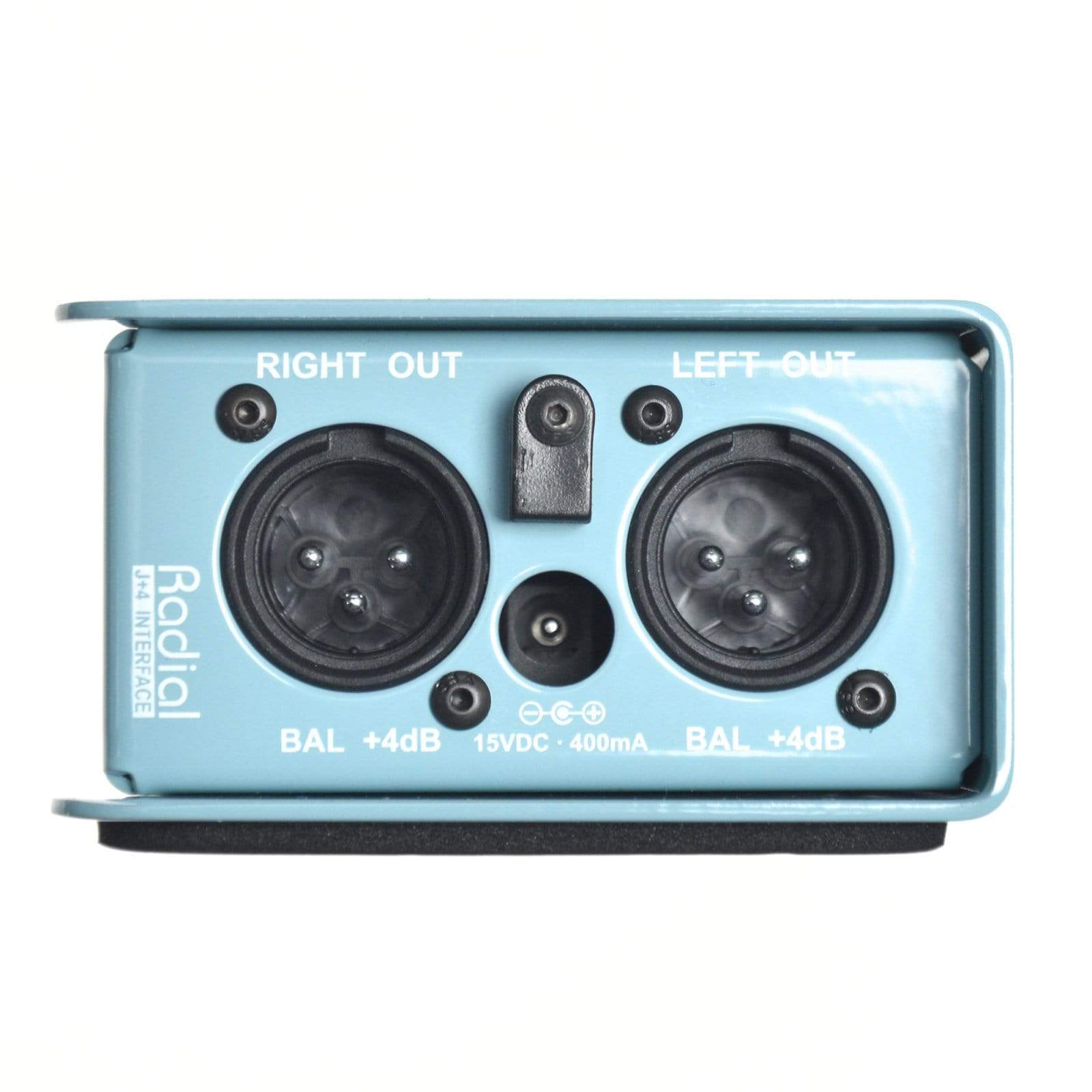
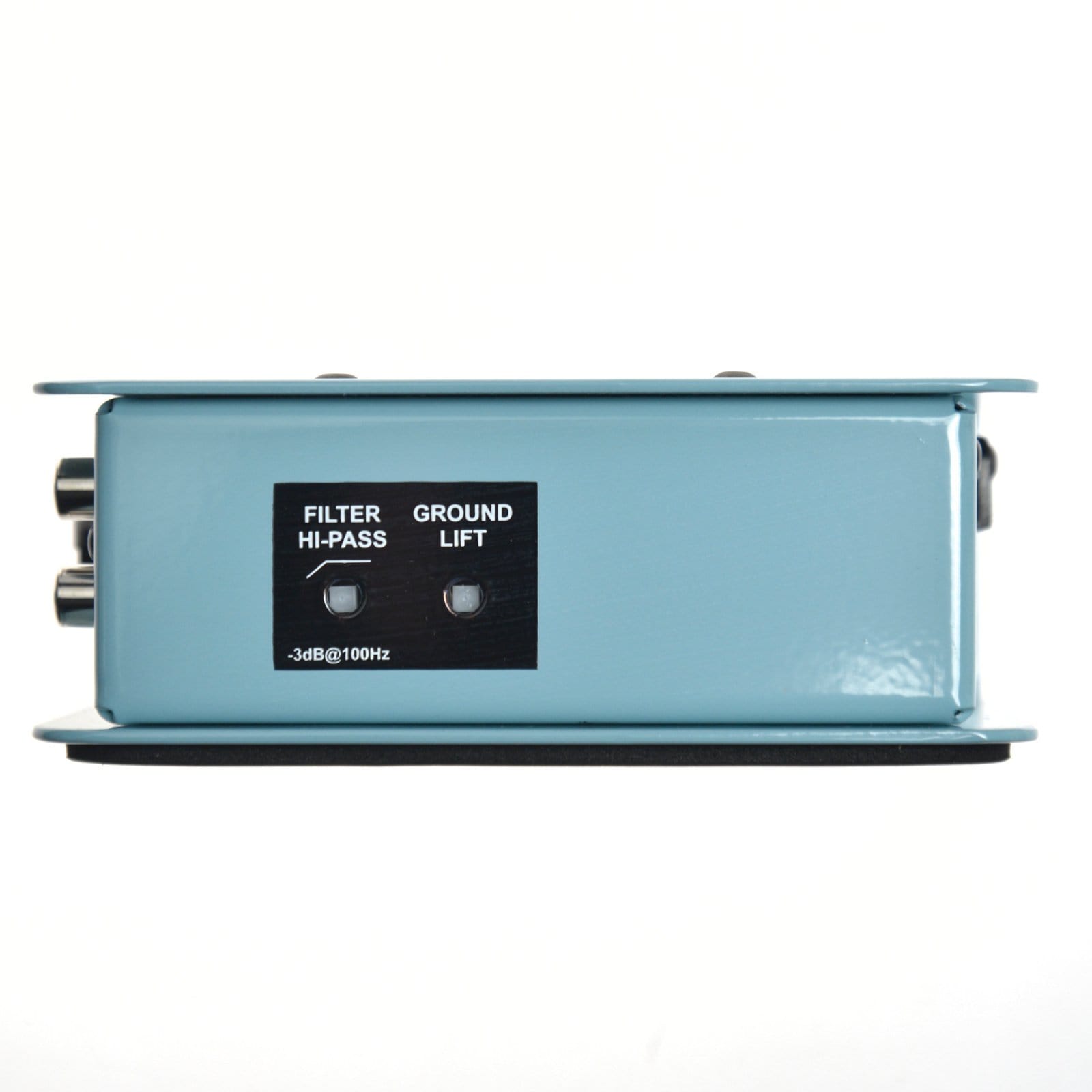
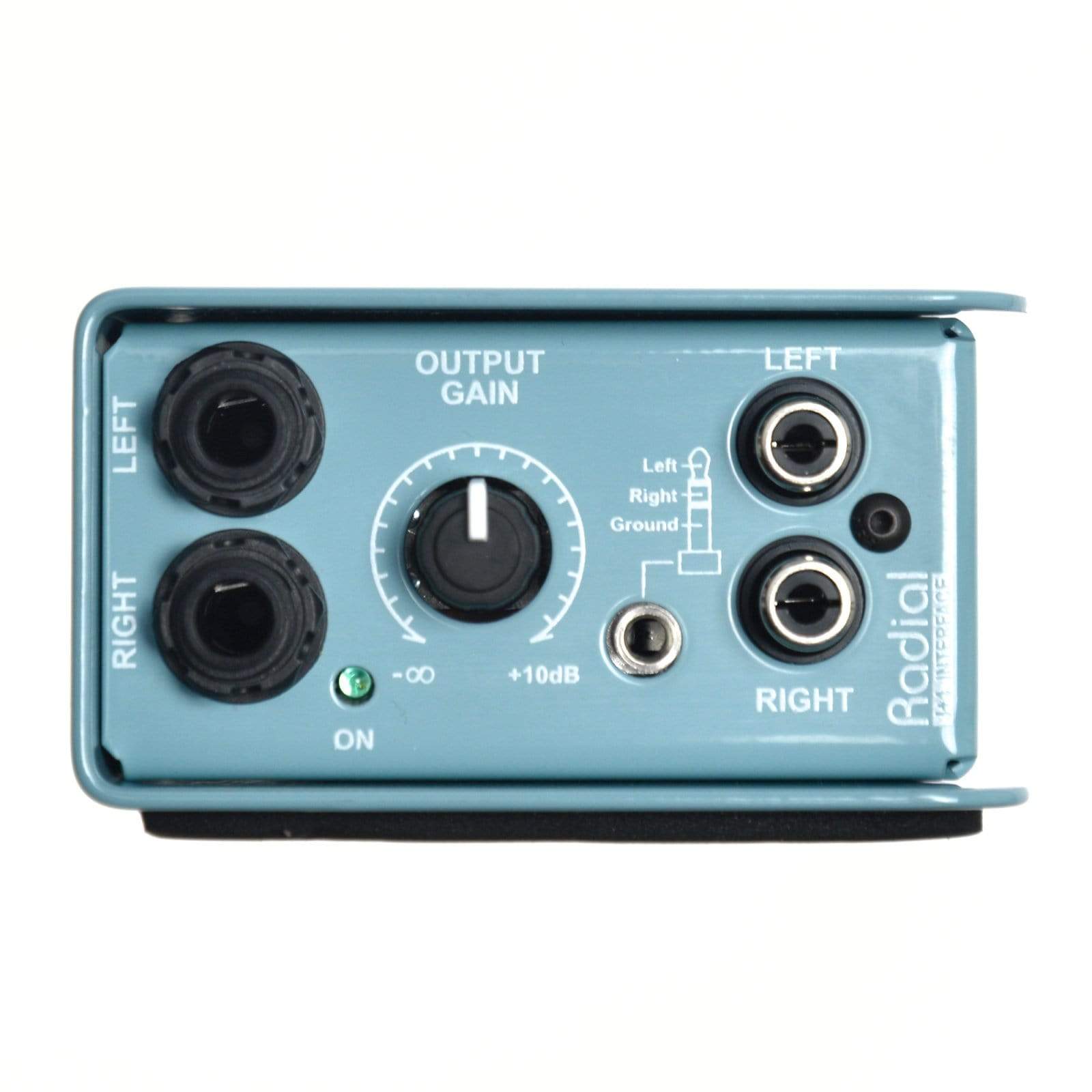







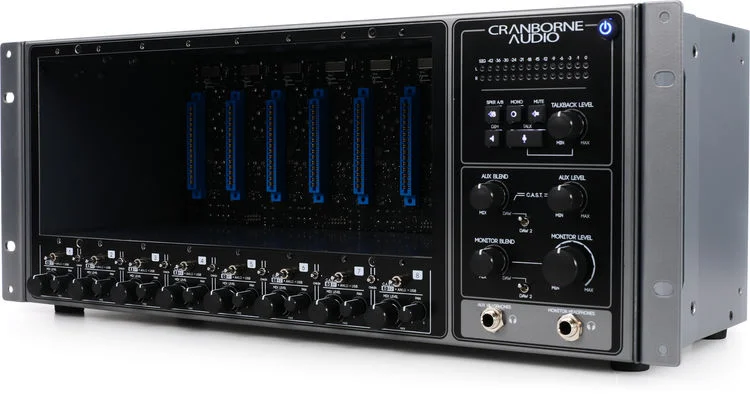











Reviews
There are no reviews yet.